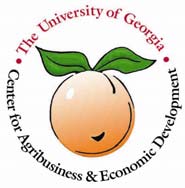 I keep hearing VSU students say “I don’t have a bike here”.
There’s a solution for that, as Didi Tang writes in USA Today,
Bike-sharing programs spin across U.S. campuses:
I keep hearing VSU students say “I don’t have a bike here”.
There’s a solution for that, as Didi Tang writes in USA Today,
Bike-sharing programs spin across U.S. campuses:
Shelenhamer, 20, is one of a number of students across the USA taking advantage of free or low-cost bike sharing programs, which have become increasingly popular. Drury students agreed to pay a $20-a-year sustainability fee, which funds the bike program. The Springfield, Mo., school purchased 40 new bikes for use by students in time for the fall semester.That was at Drury University. Similar programs are available elsewhere. Continue reading“It’s helped me so much,” Shelenhamer said. “It’s been fun.”


